6 familiar symbols with unfamiliar origins
18/04/2017
15.258 viste
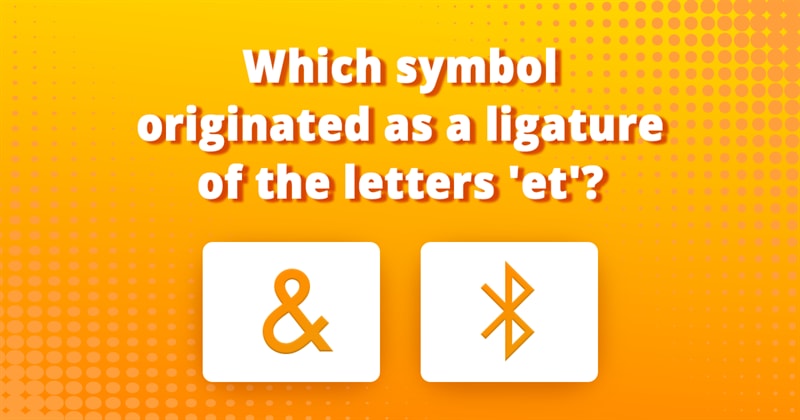
Where have all these symbols we use every day come from? What are their true meanings? Let's find the answers together.
#1 Ampersand or sign &
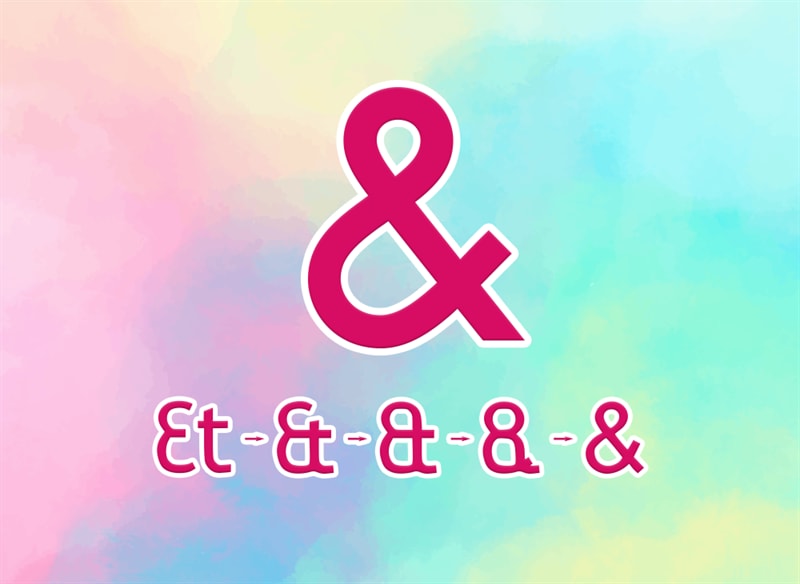
The Latin conjunction "et" was invented in ancient Rome by Tiron to make the process of writing easier and faster. Some time later this Latin combination became a single sign – &.
This letter was widely used in the USA and Britain till the beginning of the 20th century. It occupied the last place in the alphabet.
Actually, the word Ampersand is an acronym of the phrase "And per se and", which means "and '&' by itself". After pronouncing "Z" in the alphabet, teachers usually said "and per se and" (and the letter "and" itself) not to mix the conjunction "and" and the actual letter "and".
This letter was widely used in the USA and Britain till the beginning of the 20th century. It occupied the last place in the alphabet.
Actually, the word Ampersand is an acronym of the phrase "And per se and", which means "and '&' by itself". After pronouncing "Z" in the alphabet, teachers usually said "and per se and" (and the letter "and" itself) not to mix the conjunction "and" and the actual letter "and".
#2 Heart
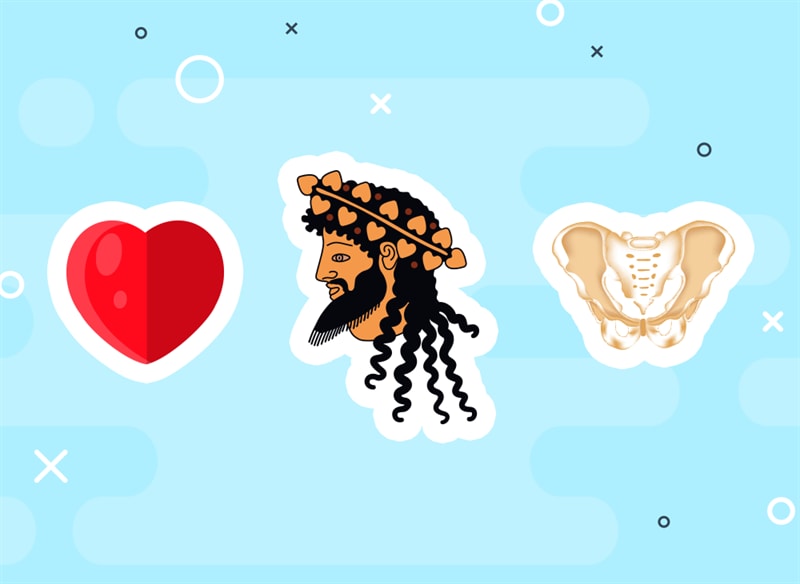
There are several hypothesis about the origin of this sign:
1. When a couple of swans come closer to each other, they create a heart out of their necks. In different cultures a swan is a symbol of love, faith and devotion, because these birds stay faithful to their partners during their whole lives.
2. Also this sign could be a symbol of feminine, because the shape of a heart resembles the shape of a woman's pelvis.
3. The sign can represent a leaf of ivy. In Ancient Greece, Dionysus, the loveable god of wine, was frequently depicted with a crown of heart-shaped leaves.
1. When a couple of swans come closer to each other, they create a heart out of their necks. In different cultures a swan is a symbol of love, faith and devotion, because these birds stay faithful to their partners during their whole lives.
2. Also this sign could be a symbol of feminine, because the shape of a heart resembles the shape of a woman's pelvis.
3. The sign can represent a leaf of ivy. In Ancient Greece, Dionysus, the loveable god of wine, was frequently depicted with a crown of heart-shaped leaves.
#3 Bluetooth
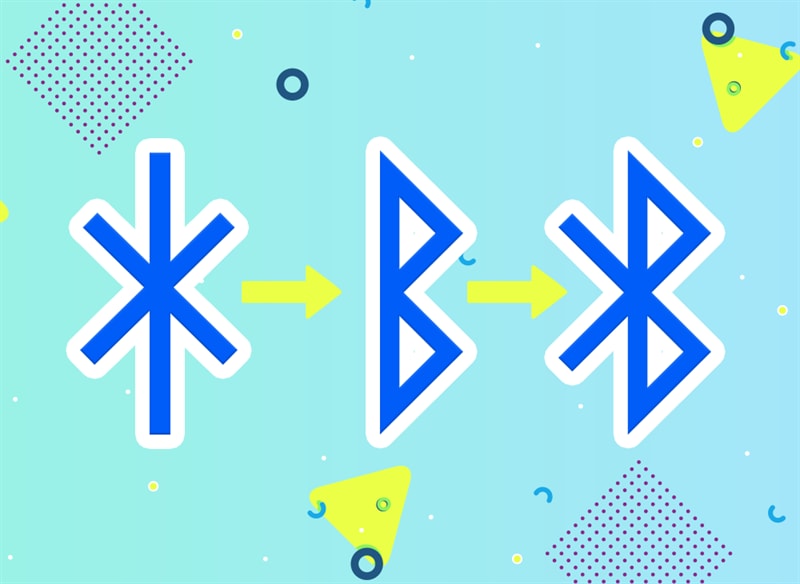
This sign has a very interesting history of origin. In the 10th century, Harald "Blåtand" Gormsson (or Harold Bluetooth) was the king of Denmark and Norway, who united these Scandinavian lands.
He got this nickname "Bluetooth" thanks to his obsessive love to blueberry. He ate this berry almost all the time and his teeth were always blue.
The sign of Bluetooth technology is well-known today. It consists of the rune Hagall - Latin "H" and rune Berkana - Latin "B". These letters are the first ones in the king's name. The technology was named after Harald because it connects different devices – just like this powerful ruler connected the two nations.
He got this nickname "Bluetooth" thanks to his obsessive love to blueberry. He ate this berry almost all the time and his teeth were always blue.
The sign of Bluetooth technology is well-known today. It consists of the rune Hagall - Latin "H" and rune Berkana - Latin "B". These letters are the first ones in the king's name. The technology was named after Harald because it connects different devices – just like this powerful ruler connected the two nations.
#4 Sign of medicine

In Greek mythology, the caduceus was a staff carried by Hermes. It was usually depicted as a short staff entwined by two serpents, sometimes surmounted by wings. But the thing is that it was never associated with medicine.
In fact, another staff from Greek mythology was meant to become the symbol of medicine – the Rod of Asclepius (also a serpent-entwined rod). Asclepius was a deity of healing, while Hermes was the god of trade and negotiation.
The modern use of the caduceus as a symbol of medicine began in the USA in the late 19th and early 20th century. It was simply mistaken the Rod of Asclepius. Anyway, Asclepius' staff continues to be used as a symbol of healing in other countries.
In fact, another staff from Greek mythology was meant to become the symbol of medicine – the Rod of Asclepius (also a serpent-entwined rod). Asclepius was a deity of healing, while Hermes was the god of trade and negotiation.
The modern use of the caduceus as a symbol of medicine began in the USA in the late 19th and early 20th century. It was simply mistaken the Rod of Asclepius. Anyway, Asclepius' staff continues to be used as a symbol of healing in other countries.
#5 The power sign
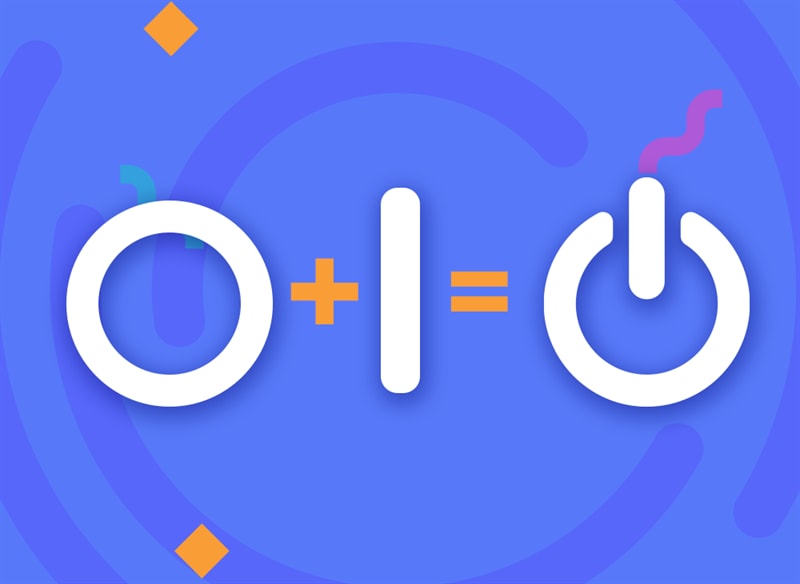
Even in the beginning of the 20th century, scientists used binary system to mark switches. 1 meant - switched, 0 - turned off. Later 0 and 1 were united into a single sign that we now use and know as the "Power sign".
#6 OK
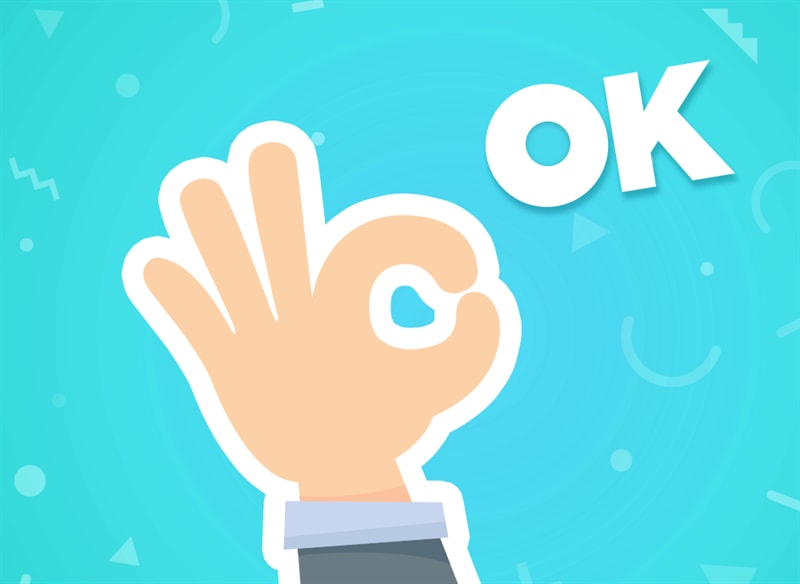
There are several versions of the origin of this sign:
1. Some people believe that it originated from the abbreviation of Martin Van Buren's native town (Old Kinderhook, New-York). The slogan of his campaign was «Old Kinderhook is O.K.».
2. Another version is that President Jackson used the phrase "all correct", when he made decisions. But he wrote a humorous corruption of it – "oll korrect" or simply "O.K."
3. This gesture might have been invented by Buddha and symbolize education, understanding and enlightenment.
1. Some people believe that it originated from the abbreviation of Martin Van Buren's native town (Old Kinderhook, New-York). The slogan of his campaign was «Old Kinderhook is O.K.».
2. Another version is that President Jackson used the phrase "all correct", when he made decisions. But he wrote a humorous corruption of it – "oll korrect" or simply "O.K."
3. This gesture might have been invented by Buddha and symbolize education, understanding and enlightenment.
Did you know about the origins of these symbols? We are waiting for your response in the comments below.
SHARE this article with your friends!
Cosa ne pensi di questo argomento?
92 Comments










